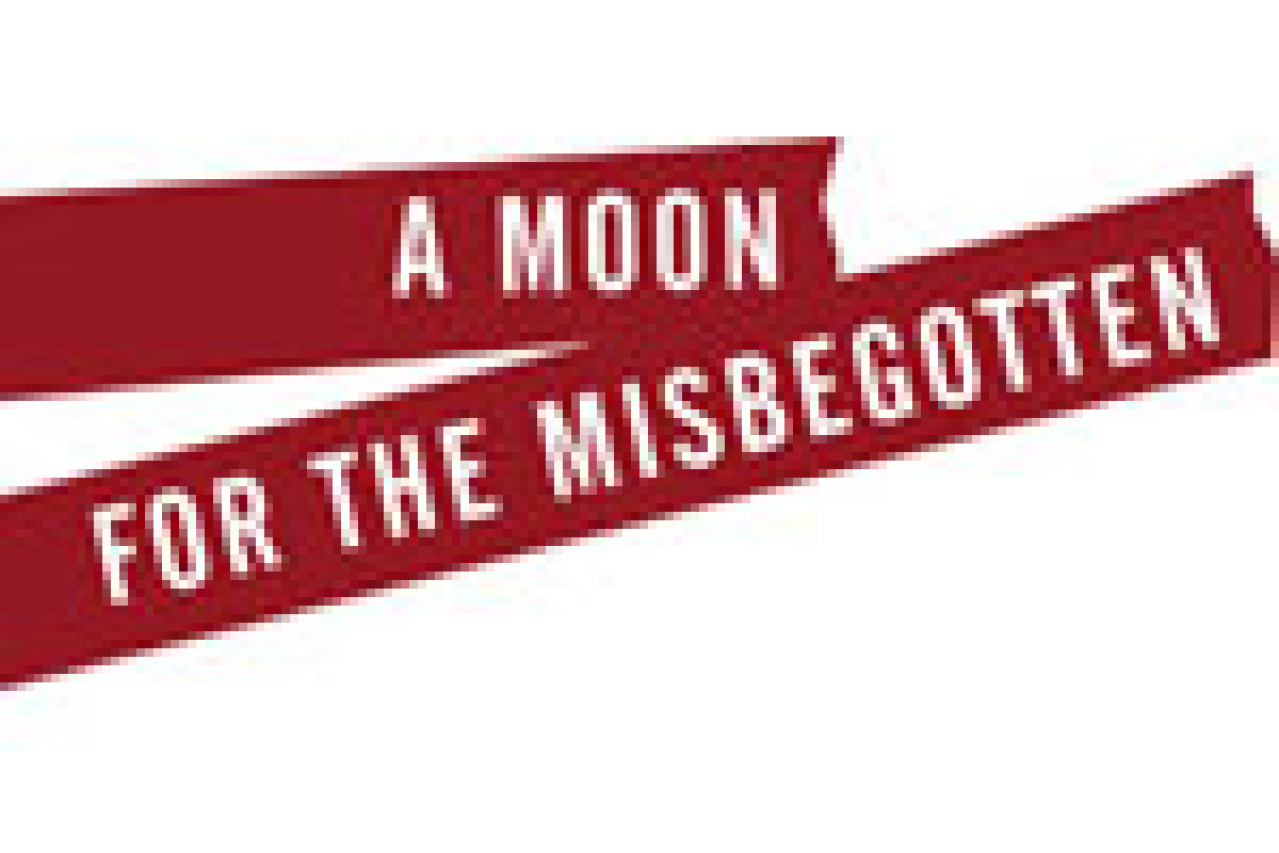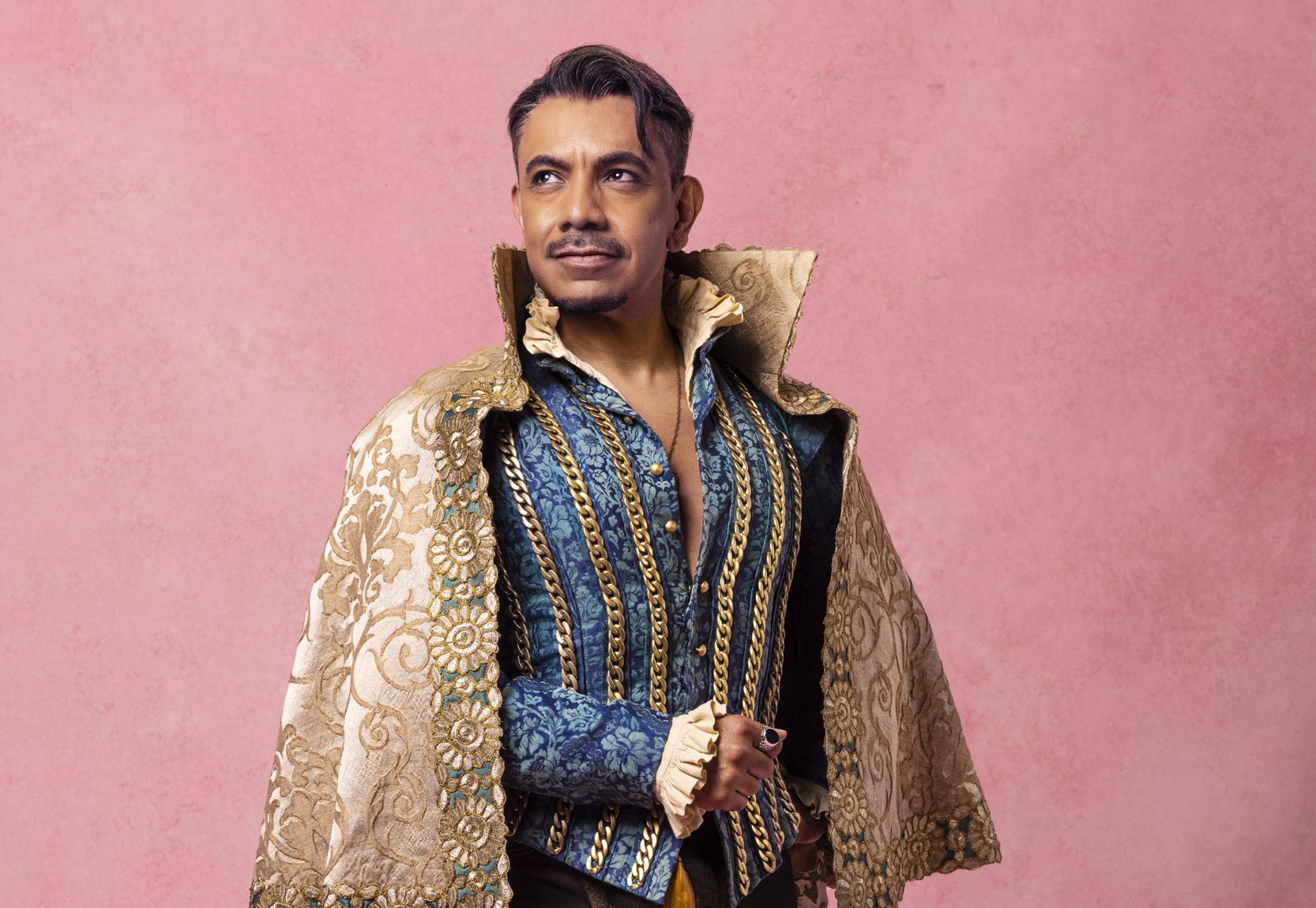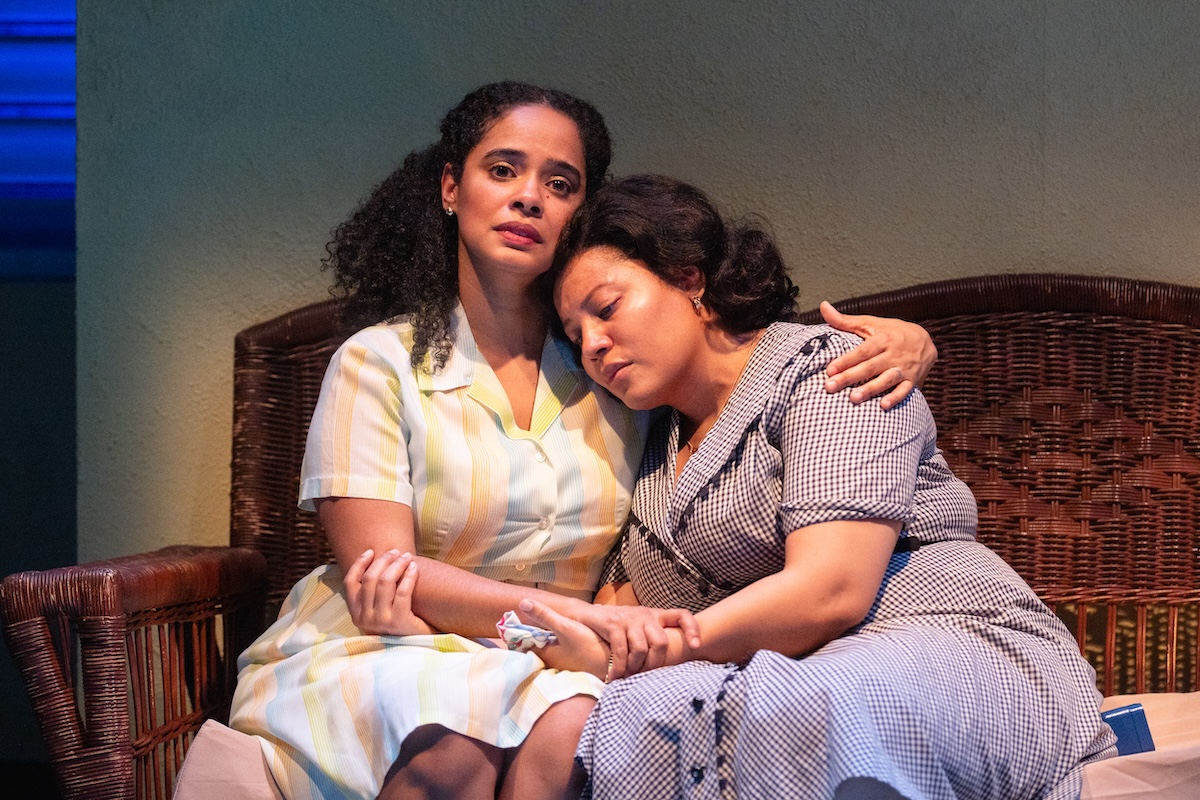A Moon for the Misbegotten

in A Moon for the Misbegotten
(© Lorenzo Agius)
Definitive performances tend to come along every once in a while. In the 1973 version of Eugene O’Neill’s A Moon for the Misbegotten, Jason Robards and Colleen Dewhurst gave performances that are still talked about and cherished.
But molds are made to be broken, as they just have been in Howard Davies’ straight-from-London revival of A Moon for the Misbegotten, in which Tony and Oscar winner Kevin Spacey and Olivier Award winner Eve Best boldly stake their claims to the roles of the self-destructive Jim Tyrone and the self-styled slut Josie Hogan. Their colliding and clinging during one long night’s journey into day is the new standard by which the O’Neill opus will be judged for the foreseeable future.
Spacey, who initially mounted the production to redeem his foundering Old Vic stewardship, has confidently assumed the mantle of being the foremost O’Neill interpreter — a title that has been up for grabs since Robards’ death. To be sure, he was well on his way to taking possession of it with his triumphant Hickey in the production of The Iceman Cometh that opened here eight years ago. It’s safe to say that Spacey is the new Robards; and, keeping right up with him, Best is the new Dewhurst.
As directed with gritty intelligence by Davies, the molten-hot revival is even more effective in New York than in London, where the first half was only acceptably workmanlike. Now that the five-person ensemble has played O’Neill’s funny, harrowing work for several months and has dug even deeper into the multi-level text, the action on Bob Crowley’s nearly barren set — with its tilted shack, working water pump, and hardscrabble floor — crackles from first instant to last.
The second-half sequence, though, remains the absolute stunner. That’s when James Tyrone and Josie Hogan play on O’Neill’s let’s-banish-all-illusions theme. They strip the fantasies they have about themselves in order to face the truths of their lives, no matter how devastating those truths are to bare and bear. Under a misbegotten moon, these two misbegotten figures experience almost no moment when they aren’t dealing with several conflicting emotions.
Tyrone, drinking to forget but not forgetting, has to confront the remorse he feels over his mother’s death. Hogan, repeatedly boasting of her sluttish ways, juggles her love for him and her belief that he has just sold the Hogan farm from underneath her and her father, Phil (the properly adorable Colm Meaney).
Smart about first entrances, Spacey makes a cocky, under-the-influence one here. From then on, he breathtakingly runs the gamut of emotions when complex emotional gamut-running is called for. As Jim reaches for Josie in the moonlit scene and almost instantly pushes her away, only to reach for her again, it’s as if the gravel-voiced, imploring actor is simultaneously being fed uppers and downers. His graphic depiction of Tyrone’s torment is like watching a man being eaten alive from the inside out.
Perhaps the first observation to make about Best, who has been building quite a reputation for herself the last few years, is that she’s not obvious casting for Josie. O’Neill saw the character as an earth mother. Whereas Josie harps on herself as “a big ugly hulk like me” and a “big ugly cow,” Best is slim and shapely, even in Lynette Mauro’s shapeless costumes. Granted, women often have off-kilter views of their physical appearance, but no one constructed along Best’s lines could make Josie’s claims without eventually being contradicted. But while Best is no earth mother, she transforms herself into a believable earth daughter, engaging Spacey with concomitant emotional honesty.
As Phil, Meaney does his fair share of seasoned scene-grabbing. Eugene O’Hare and Billy Carter are strong in their brief appearances as, respectively, Mike Hogan and T. Stedman Harder, owner of the farm next door. Indeed, the teamwork on view suggests that received wisdom about the pluses and minuses of O’Neill’s writing needs revision. The charge that the playwright is relentlessly prosaic is nonsense, although he does indulge himself in extended blarney about Josie’s relationship to her bibulous father.
When O’Neill gets to the Jim-Josie moonlight encounter, he produces a tone poem of myriad, resonant tones. It’s indisputably one of the master scenes in American theater literature, as the controlled repetition reflects the reality of two people compulsively excoriating themselves for self-diagnosed sins.











